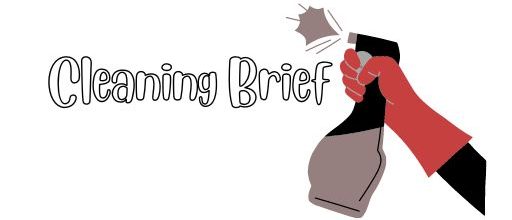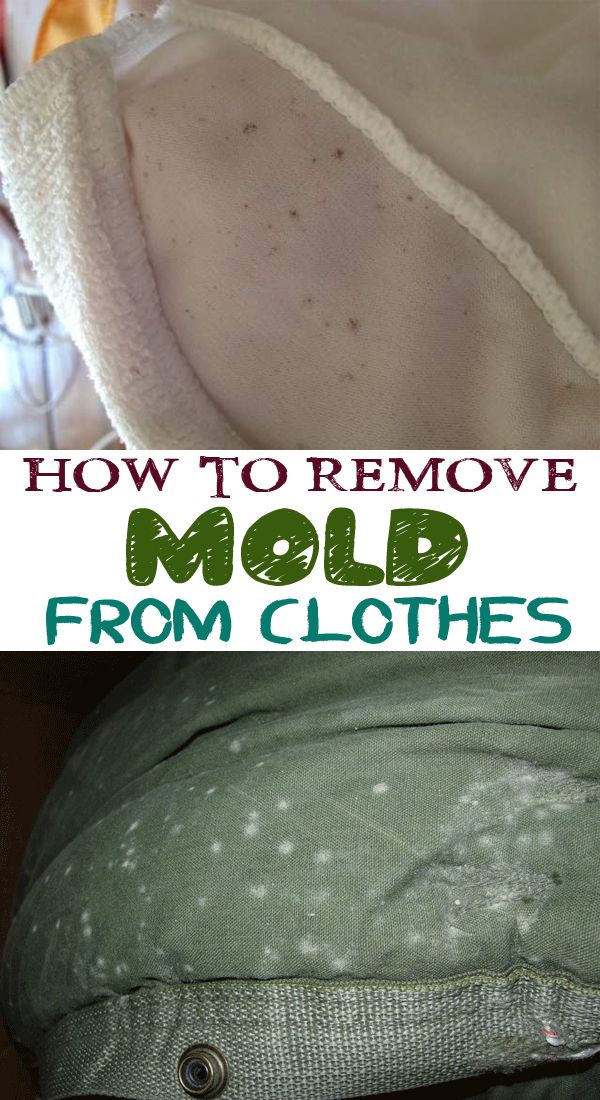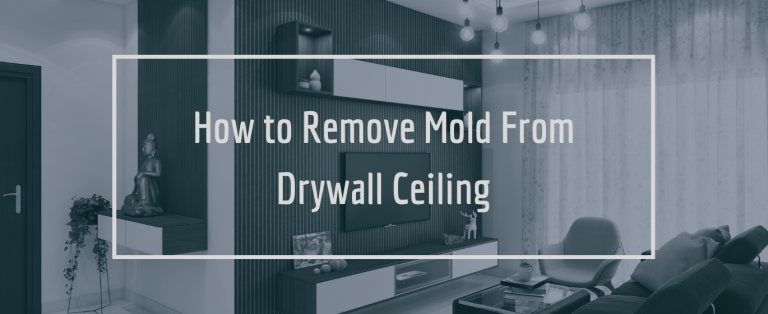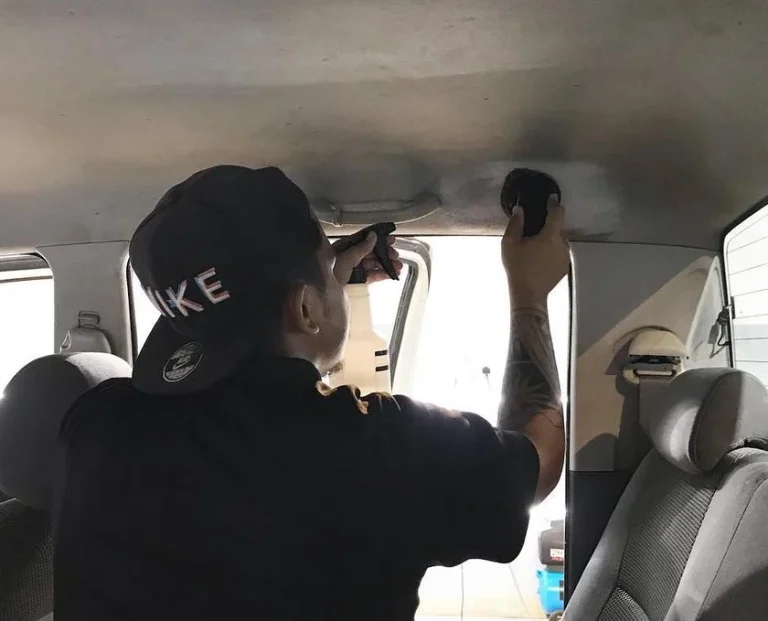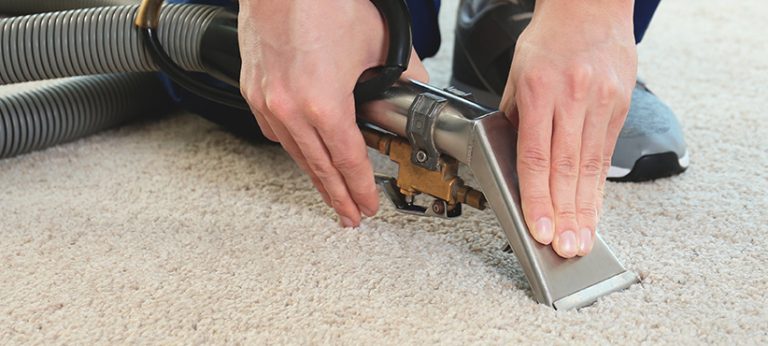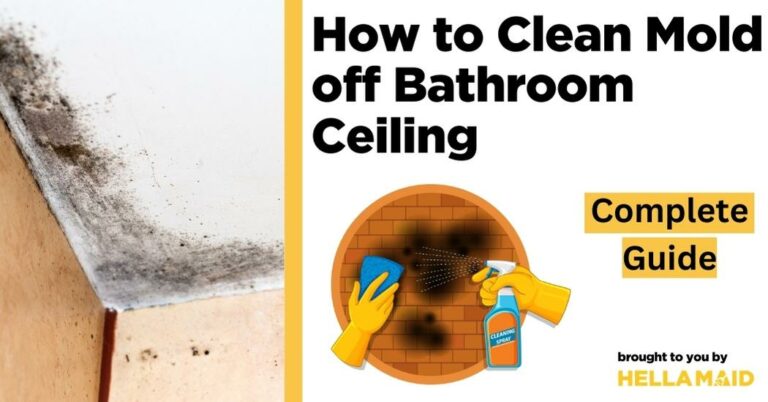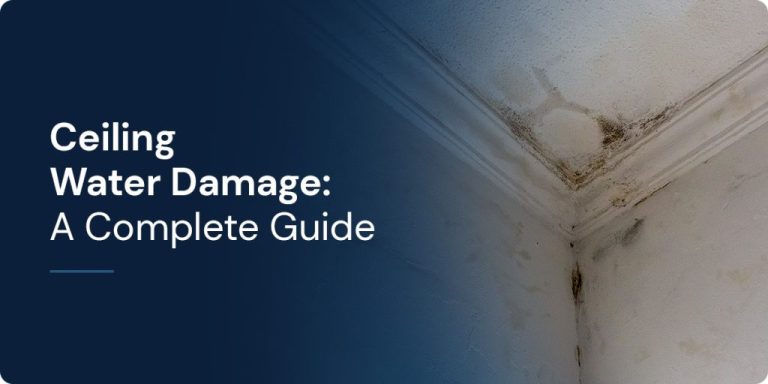How to Clean Mold from Concrete: Expert Tips for a Mold-Free Surface
To clean mold from concrete, start by wearing protective gear such as gloves, goggles, and a mask. Then, mix equal parts of water and vinegar and apply it to the affected area.
Allow it to sit for a few minutes before scrubbing the mold with a brush. Rinse the area thoroughly with water and use a towel or mop to remove any excess moisture. Finally, ensure the area is properly ventilated to prevent further mold growth.
Taking these steps will effectively clean mold from concrete surfaces.
Identifying Mold On Concrete
When it comes to cleaning mold from concrete, identifying its presence is the crucial first step. Mold can thrive in various areas and can take on different forms. By recognizing the common areas where mold tends to grow and understanding the different types of mold, you can effectively tackle the problem and prevent its recurrence.
Common Areas To Find Mold
Mold can occur in several areas around your property where concrete is present. By regularly inspecting these areas, you can catch mold growth early and prevent further damage. Here are some common areas to check for mold on concrete:
- Basements and crawlspaces
- Bathroom walls and floors
- Patios, decks, and outdoor walkways
- Garage or carport floors
- Foundation walls and slabs
Since concrete surfaces are porous, they provide an ideal environment for mold to thrive. Therefore, it’s essential to be thorough in your inspections and not overlook any of these areas to ensure complete mold removal.
Recognizing Different Types Of Mold
Not all molds are the same, and some can be more harmful than others. By recognizing the different types of mold that can appear on concrete surfaces, you can take appropriate measures to handle the situation:
| Mold Type | Appearance | Potential Health Effects |
|---|---|---|
| Black Mold (Stachybotrys chartarum) | Black or dark greenish-black in color | Respiratory issues, headaches, allergic reactions |
| Penicillium | Blue or green fuzzy patches | Respiratory problems, sinus infections |
| Aspergillus | Various colors (yellow, green, brown) | Allergic reactions, lung infections |
| Cladosporium | Olive-green or brown with a suede-like texture | Respiratory issues, skin and eye irritation |
Remember, proper identification of mold types is crucial for implementing the appropriate cleaning techniques and understanding potential health risks. If you are unsure about the type of mold present on concrete, consider consulting with a professional mold remediation expert.
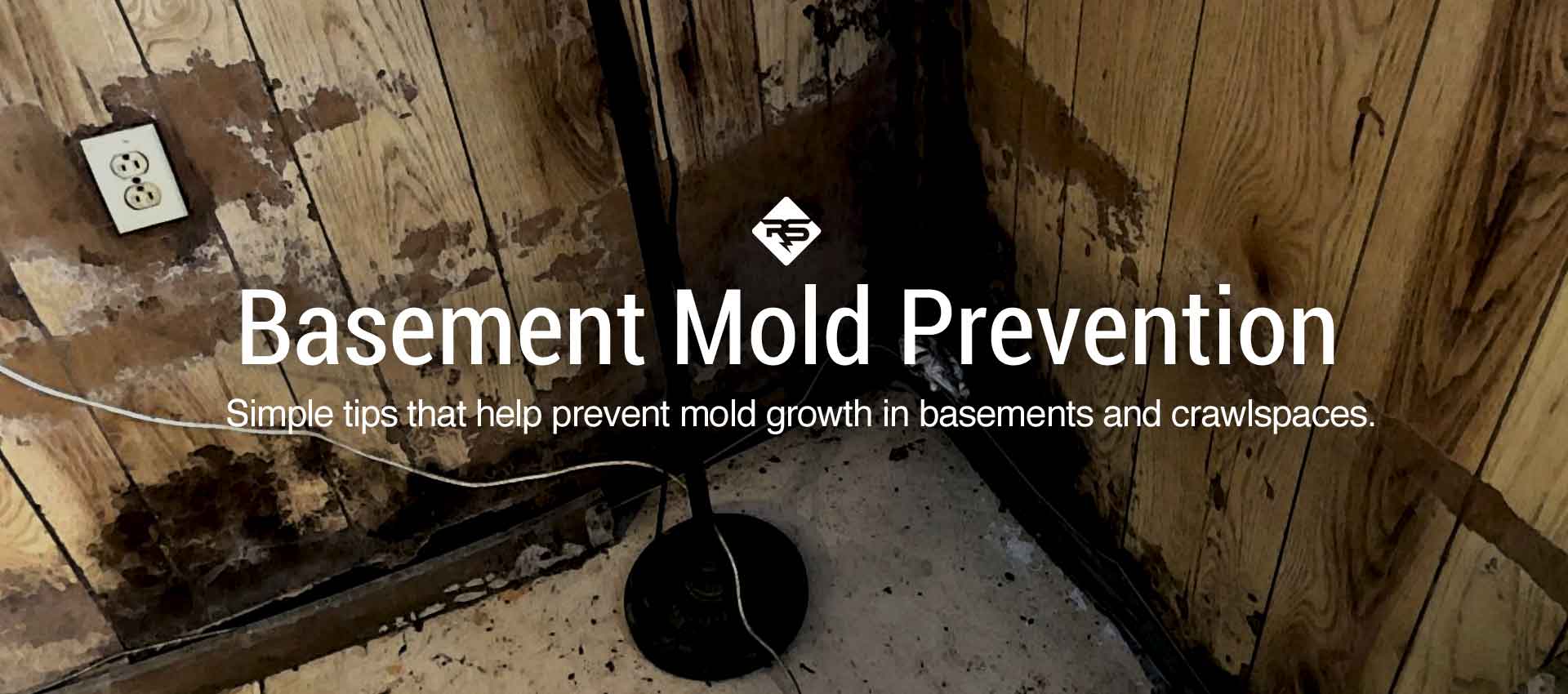
Credit: www.radonseal.com
Preparation And Safety Measures
Before you start cleaning mold from concrete, it’s essential to take the necessary steps to prepare yourself and ensure your safety. By following the right precautionary measures, you can effectively handle the task at hand while protecting your health and well-being.
Gathering Necessary Supplies
Before you begin the mold removal process, gather all the supplies you’ll need to clean the concrete effectively. This will help streamline the cleaning process and ensure that you have everything within reach. Here’s a list of essential items to have on hand:
| Items | Description |
| Mold cleaner | A specialized cleaner designed to treat and remove mold. Ensure it’s suitable for use on concrete surfaces. |
| Protective gear | Wear gloves, safety goggles, and a respirator to shield yourself from mold spores and cleaning chemicals. |
| Scrub brush | Choose a stiff-bristle brush that is appropriate for concrete surfaces to help agitate and remove the mold. |
| Bucket | Use a bucket to mix the cleaning solution and carry it while cleaning. |
| Water | You’ll need water to create the cleaning solution and rinse the concrete afterward. |
| Detergent | Add a small amount of mild detergent to assist in breaking down mold and dirt. |
| Protective plastic sheeting | Use plastic sheeting or drop cloths to protect surrounding areas from splashes and debris. |
Safety Precautions Before Cleaning
To ensure your safety during the cleaning process, it’s vital to take the following precautions:
- Wear protective gear: Put on gloves, safety goggles, and a respirator before handling any cleaning chemicals or coming into contact with mold spores.
- Open windows and doors: Create proper ventilation by opening windows and doors to improve air circulation while cleaning.
- Isolate the area: Block off the area you are cleaning to prevent the spread of mold spores to other parts of your home.
- Keep children and pets away: Avoid any accidents or potential exposure to harmful substances by keeping kids and pets at a safe distance.
- Test cleaning solution: Before applying the cleaning solution to the entire concrete surface, perform a small test patch in an inconspicuous area to ensure it doesn’t cause any adverse reactions.
- Avoid mixing chemicals: Never mix different cleaning chemicals together as this can lead to potentially dangerous reactions. Stick to one type of cleaner at a time.
- Follow product instructions: Read and follow the instructions provided by the manufacturer on the cleaning solution label to ensure correct usage and safety.
- Dispose of cleaning materials properly: After completing the mold removal process, dispose of all used materials and cleaning solutions in accordance with local regulations.
By taking these necessary preparation and safety measures, you can confidently proceed with cleaning mold from concrete surfaces while safeguarding yourself and your environment.
Methods For Cleaning Mold
Mold can be a stubborn problem to deal with, especially when it appears on concrete surfaces. There are various methods for effectively removing mold from concrete, and the choice of method depends on the severity of the infestation, environmental considerations, and personal preferences.
Using Natural Remedies
Natural remedies are often sought after for their eco-friendly and non-toxic properties. They can be highly effective in removing mold from concrete surfaces.
One of the most commonly used natural remedies is a solution of white vinegar and water. This solution can be sprayed or poured directly onto the moldy area and left to sit for several hours. Afterward, the area can be scrubbed with a brush to remove the mold.
Tea tree oil is another effective natural remedy due to its antimicrobial properties. Mixing a teaspoon of tea tree oil with a cup of water and applying it to the moldy surface can help to kill and remove the mold.
Applying Commercial Mold Cleaners
For more severe cases of mold infestation, commercial mold cleaners can be highly effective in removing mold from concrete. These cleaners are specifically formulated to tackle tough mold and mildew stains.
Bleach-based cleaners are commonly used for this purpose. It is essential to use these cleaners in a well-ventilated area and to follow the manufacturer’s instructions carefully to ensure safe and effective cleaning.
Preventing Mold Growth
To clean mold from concrete, start by scrubbing the affected area with a solution of water and detergent. Then, use a mixture of water and bleach to kill any remaining mold spores. Finally, ensure proper ventilation to prevent moisture buildup and avoid future mold growth.
Your concrete surfaces, whether it’s your patio, driveway, or basement, are prone to mold growth. Preventing mold growth not only keeps your concrete looking clean and presentable but also ensures a healthy environment for you and your family. Effective maintenance practices and humidity control in concrete areas are key to preventing mold growth.Effective Maintenance Practices
Maintaining your concrete surfaces goes a long way in preventing mold growth. Here are some easy yet effective maintenance practices to follow:- Regularly sweep or use a leaf blower to remove debris and fallen leaves from your concrete areas.
- Remove any standing water or puddles promptly, as these create a damp environment where mold can thrive.
- Scrub the concrete periodically using a mixture of water and mild detergent to eliminate any dirt or organic matter that could nourish mold.
- Inspect your concrete for any cracks or gaps and repair them promptly, ensuring water cannot seep into the concrete.
- Apply a mold-resistant sealer to your concrete surfaces to create a protective barrier against mold growth.
Humidity Control In Concrete Areas
Controlling humidity is crucial for preventing mold growth on concrete. Here are some tips to help you maintain optimal humidity levels in concrete areas:- Ensure proper ventilation in enclosed concrete spaces, such as basements or garages, by using exhaust fans or opening windows.
- Use a dehumidifier in areas with high humidity to reduce moisture in the air.
- Monitor and maintain the relative humidity levels, aiming for a range between 30% and 50%.
- Avoid leaving damp items, such as wet towels or clothes, on your concrete surfaces, as they can contribute to increased humidity.
- If leaks or water damage occur, address them immediately to prevent moisture buildup and mold growth.
When To Seek Professional Help
If you notice mold growth on your concrete surfaces, it’s important to address the issue promptly to prevent further damage and potential health hazards. While minor mold infestations can often be tackled with DIY methods, there are instances when it’s best to seek professional help. This article will guide you on assessing extensive mold infestations and considerations for hiring mold remediation experts to ensure effective and safe removal of mold from your concrete surfaces.
Assessing Extensive Mold Infestations
When it comes to mold on concrete, small patches or isolated spots may be manageable through DIY cleaning techniques. However, if the mold covers a larger area or has penetrated deep into the concrete surface, it may require professional intervention. Here are a few signs that indicate the presence of extensive mold infestations:
- Visible mold covering more than 10 square feet of the concrete surface.
- Mold growth in areas that are challenging to access or clean, such as in crawlspaces or behind walls.
- Strong, musty odor persisting despite your cleaning efforts.
- Mold returning frequently after cleaning attempts.
- Structural damage or deterioration caused by mold, such as cracks, discoloration, or crumbling concrete.
If you encounter any of these signs, it’s recommended to consult professionals who specialize in mold remediation for a thorough assessment and effective treatment plan. They have the knowledge, experience, and equipment to handle extensive mold infestations safely and efficiently.
Considerations For Hiring Mold Remediation Experts
When hiring mold remediation experts, it’s essential to consider several factors to ensure you’re working with skilled professionals who can deliver optimal results. Here are some key considerations:
- Experience and Certification: Look for professionals with a proven track record in mold remediation and appropriate certifications, such as the Institute of Inspection, Cleaning and Restoration Certification (IICRC).
- Insurance Coverage: Verify that the mold remediation company carries liability insurance to protect both parties in case of any accidents or damages during the cleaning process.
- References and Reviews: Read reviews or seek recommendations from trusted sources to gauge the reputation and reliability of the mold remediation experts you’re considering.
- Comprehensive Assessment: Ensure the professionals conduct a thorough inspection of the mold infestation to determine the extent of damage and provide an accurate estimate of the remediation process.
- Safe and Effective Techniques: Inquire about the methods, products, and equipment they use to eliminate mold from concrete surfaces. They should prioritize safety and employ environmentally friendly practices.
By carefully selecting reputable mold remediation experts, you can have peace of mind knowing that your concrete surfaces will be effectively cleaned and restored, minimizing the risk of future mold growth and ensuring a healthy environment for you and your family.
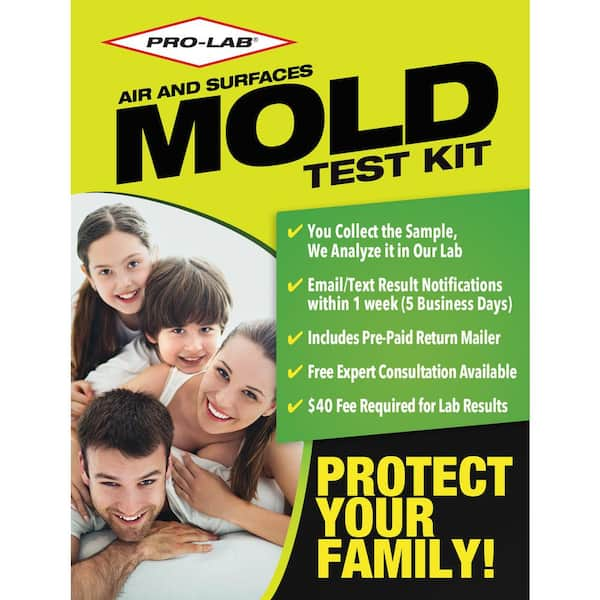
Credit: www.homedepot.com
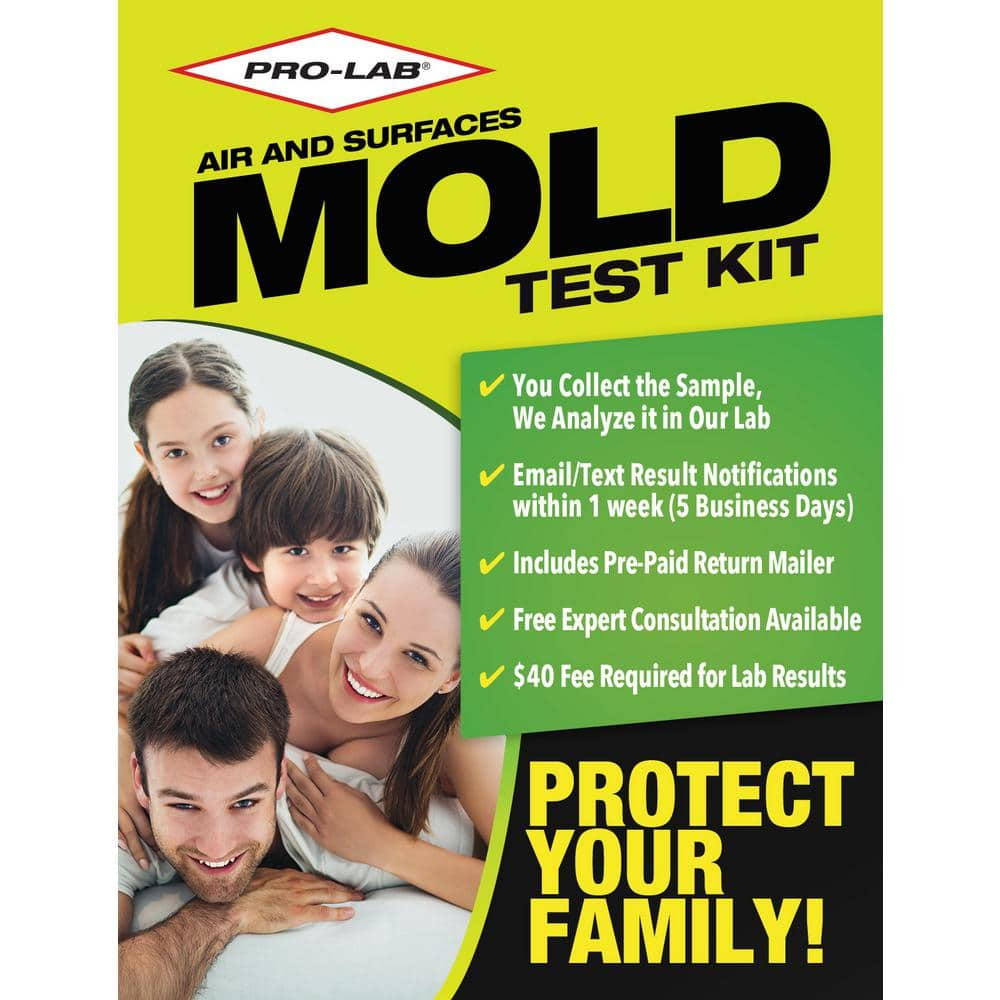
Credit: www.homedepot.com
Frequently Asked Questions On How To Clean Mold From Concrete
How Can I Clean Mold From Concrete?
Cleaning mold from concrete can be done by using a mix of water and detergent, or by using a solution of bleach and water. Scrub the affected area thoroughly and rinse with clean water. Wear protective gear and ensure good ventilation during the cleaning process.
What Causes Mold To Grow On Concrete?
Mold on concrete is caused by moisture and humidity. When concrete surfaces are exposed to water or are in damp environments, mold spores can start to grow. Poor ventilation and lack of sunlight can also contribute to mold growth on concrete.
Is Mold On Concrete Dangerous?
Mold on concrete can release spores into the air, which can cause allergic reactions, respiratory issues, and other health problems in susceptible individuals. It is important to clean and remove mold from concrete surfaces to maintain a healthy environment. Wear protective gear when dealing with mold.
Conclusion
Cleaning mold from concrete requires thorough scrubbing with a mixture of water and detergent. Vinegar and baking soda can also be effective natural alternatives. It’s important to wear protective gear and ensure proper ventilation during the cleaning process. With regular maintenance and preventive measures, mold growth can be minimized.
